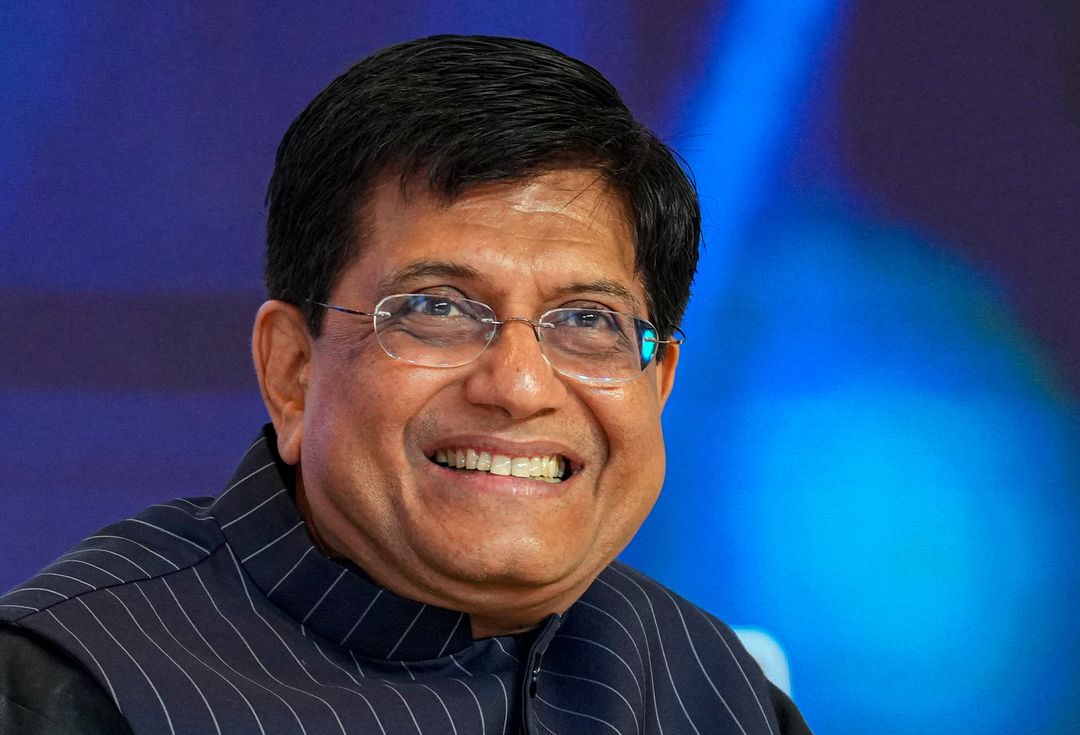New Delhi, Feb 26: Australia has unveiled an ambitious roadmap to enhance its trade and investment relationship with India, identifying key sectors poised for growth. Australian Prime Minister Anthony Albanese, while launching the Roadmap for Australia's Economic Engagement with India at Deakin University in Melbourne, described it as a strategic initiative to shape a better future for both nations.
The roadmap highlights four "superhighways of growth"—clean energy, education and skills, agribusiness, and tourism—aimed at capitalizing on India's economic expansion. Albanese emphasized that there has never been a better time to strengthen economic ties with India, a nation he referred to as a "giant" on the global stage, poised to become the world's third-largest economy by the end of the decade.
Key Focus Areas and Economic Potential
The roadmap is a result of over 400 consultations across Australia and India and serves as a guide to harness the immense trade and investment opportunities available. It identifies nearly 50 specific areas for collaboration, including defence industries, sports, culture, space, and technology.Albanese underscored the importance of the initiative, stating that it will bolster supply chains, create jobs, and drive economic growth. He noted that India's rapid economic growth aligns well with Australia's strengths, making it a complementary trading partner.
Australia and India had previously formalized the Economic Cooperation and Trade Agreement (ECTA), and both nations are now working towards a Comprehensive Economic Cooperation Agreement (CECA) to further strengthen trade.
New Investments to Boost Bilateral Trade
As part of the roadmap’s implementation, Australia has announced a USD 16 million investment in an Australia-India Trade and Investment Accelerator Fund to support Australian businesses in expanding commercial opportunities in India. Additionally, the Australian government will invest an extra USD 4 million into the Maitri ('friendship') Grants Programme to strengthen cultural and business ties between the two countries.Highlighting the trade benefits of the ECTA, Albanese noted that it has already saved Australian businesses USD 300 million on goods imported from India. Since the agreement came into force, nearly 200 Australian products have been introduced or reintroduced into the Indian market. Agricultural exports have surged by 146%, while iron and steel exports have grown by 189% between 2022 and 2024.
Strategic Importance for the Indo-Pacific Region
Australian Foreign Minister Penny Wong welcomed the roadmap, calling it a significant step towards economic security and a peaceful, stable Indo-Pacific. “By boosting our economic ties with India, we are creating more jobs and opportunities for Australians while advancing shared interests in regional prosperity,” Wong stated.Trade and Tourism Minister Don Farrell highlighted the vast potential of Australia-India relations, pointing out that India’s rapidly expanding market of 1.4 billion people offers extraordinary opportunities for Australian businesses.
The Australian government reaffirmed its commitment to negotiating a broader free trade agreement with India, which is expected to unlock even greater opportunities for bilateral trade and investment. Officials said that tariff savings from the current trade pact are projected to reach USD 2 billion by the end of the year, directly benefiting Australian consumers and businesses.
With both nations aligning their economic goals, the roadmap is set to deepen cooperation, accelerate trade, and open new avenues for businesses in the years ahead.

